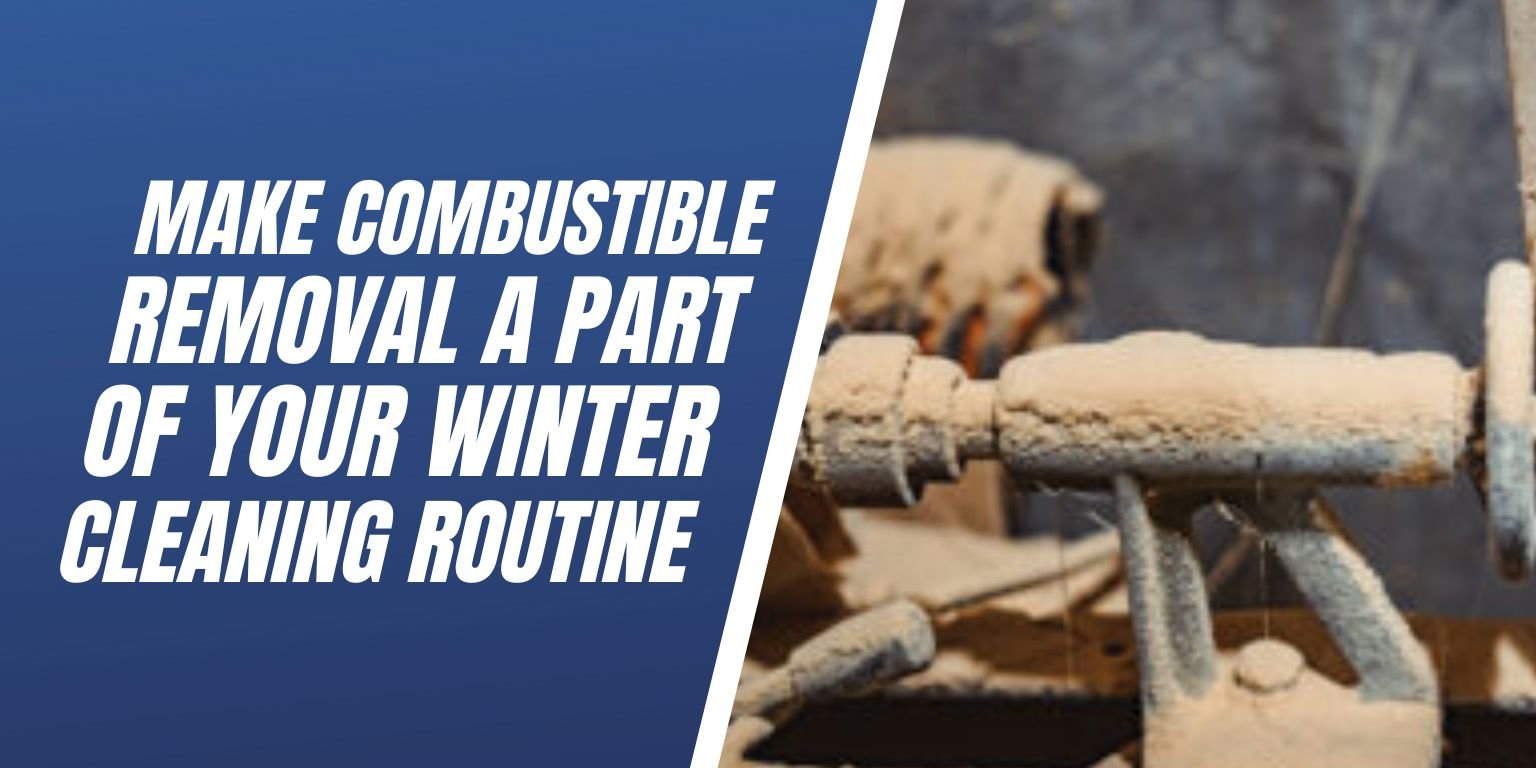
Many manufacturing facilities close for the summer months, which make maintenance and cleaning services easier to perform when the machinery is stopped and there are no employees to work around. However, your facility’s winter cleaning plan is just as important as your facility’s summer cleaning plan. Snow, ice and cold weather aren’t the only hazards that are present in winter months. In fact, according to the Chemical Safety Board, winter months create an increased risk of combustible dust fires and combustible dust explosions.
How Do Dust Explosions Occur?
As an industrial facility, you produce a lot of dust, and after a while, that dust begins to accumulate on the surfaces of machinery, rafters and ceiling, ductwork and even the floor. The empty space of the building is full of oxidants such as oxygen, which provide fuel for a fire to burn. When the dust is disrupted from air movement in the building, exhaust from machinery, using compressed air, or even from smaller fires or explosions nearby it disperses into a dust cloud. Since the dust cloud is being contained by the walls of the building, an ignition source is created (usually from heat, or sparks) within reach of the cloud, which ignites and causes an explosion.
Why Dust Explosions Increase During Winter?
Unfortunately, combustible dust cleaning services are regularly not a part of an industrial facility’s cleaning plan, which increases the risk of a dust explosion during this time. Below is a list of the most common reason combustible dust is overlooked during cleaning.
1. Cleaning Practices Get Changed
The most common housekeeping practices in manufacturing buildings rely on water, but when temperatures become colder water can’t be used as extensively for cleaning. Depending on the facility, cleaning practices also tend to be slowed down or done more infrequently when it’s cold outside. This means the dust accumulates until spring when water-based cleaning can be used again, or other cleaning techniques that can increase explosive dust risks are used. Typically, people will use compressed air to clean dust in an area that was previously using water for cleaning. However, this results in a dust cloud, creating a dangerous situation for everyone nearby.
2. Lack of Ventilation
The heating system running during the winter means the occupants of the building will be sure to keep doors and windows closed to keep the heat in and the bitter cold out. In warmer weather these bay doors or building windows might be opened to let in fresh air, or there will be fans running to maintain airflow inside the building. This extra airflow can keep dust levels from becoming too high to become hazardous, but the lack of extra ventilation in the winter can let dust levels increase as the dust that would land in places easy to clean begins to settle on high surfaces.
3. Low Humidity Levels
The cold winter air means humidity levels are lower than in warmer months because cold air holds less moisture in it than the warmer air. If a building uses a forced air heating system it makes the air humidity even lower by causing any remaining water vapor to burn out. Lower humidity levels dries out the accumulated dust, which makes it easier for these dusts to disperse throughout the air, and can lower the temperature required for ignition.
This is why making sure that combustible dust removal is a part of your winter cleaning plan will help decrease the risk of a fire explosion. Not to mention, it will help keep the environment where your employees work clean and safe!
Hughes Environmental
Hughes Environmental has performed combustible dust cleaning in a wide array of facilities throughout the United States and has dealt with many types of combustible dust. Keeping your facility clean and free of dust hazards can help you keep your workplace safe, and help avoid regulatory fines.

